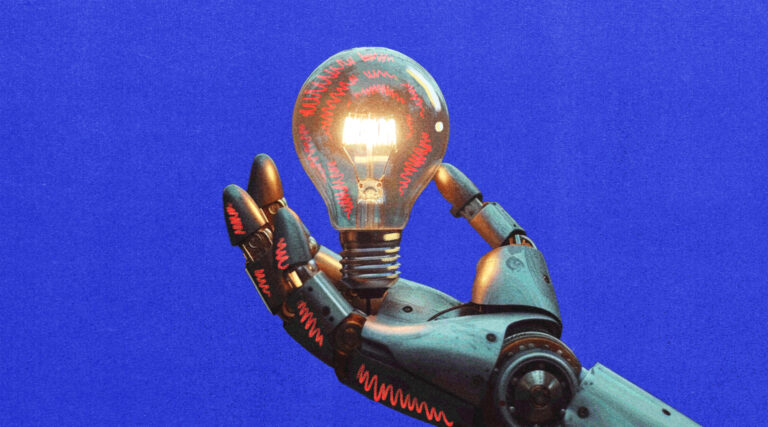Independent digital agency Mod Op made its largest acquisition to date this week, merging with Canadian creative digital agency Evans Hunt as it looks to expand its artificial intelligence and creative services.
The addition of Evans Hunt’s 100-plus staff brings Mod Op’s global employee count to 425, according to the company. Founded in 2008, Evans Hunt brings its expertise in web development, user interface and design, particularly in the travel, energy and telecommunications sectors, to the Mod Op network as the agency expands in North America. Miami-based Mod Op acquired another Toronto-based marketing agency, Context Creative, about two years ago.
With the acquisition, Mod Op hopes to expand its creative digital experiences and geographic reach. It’s part of a plan to acquire one company per quarter, most recently in May, when it bought New York-based brand strategy and integrated marketing agency LAM Design. Mod Op CEO Eric J. Bertrand said more acquisitions are in the works, though targets will likely be smaller as Mod Op builds out its integrated agency model in the mid-market.
“We are looking to continue at this pace,” Bertrand told Digiday. He also noted that the company isn’t seeking to become a holding company because “there’s a lot of opportunity out there.”
Over the past 12 months, Mod Op has completed five acquisitions (terms and budgets for none of the deals were disclosed), including Philadelphia-based agency Red Tettemer O’Connell + Partners. The acquired companies will retain their names and become part of Mod Op’s global agency network. In 2022, Mod Op received investment from South Florida private equity firm Alterna Equity Partners to support growth. As Mod Op continues to combine more of its AI and media capabilities, Bertrand believes these expansions will bring together technology and creative strategy to give agencies greater access to clients with these growing services.
“[The acquisitions] “Basically, these are all trying to add some level of expertise to our platform and drive deeper knowledge, deeper specialization — often in a vertical or service offering,” Beltran added.
One such development, he explained, involves a more focused application of AI to creative demands and data expertise. In April, the company formed an AI council, an internal practice group with committees aimed at developing AI and machine learning across various strategic business units. Mod Op is currently testing a range of AI projects both in-house and for clients. Mod Op’s big clients include Nike, Paramount and Nvidia.
That’s one reason why Evans Hunt’s expertise in digital strategy, user research and campaigns was a good fit for Mod Op, in that it provides an in-house research team and works with existing clients such as Glassdoor and Travel Alberta. It will become more full-service oriented, giving the agency network a “combination of creativity and technology.” [that] “This is a one-two punch that gives clients something few others can offer,” Dan Evans, managing partner at Evans Hunt, added in a statement.
Meanwhile, Mod Op pointed to two factors driving its acquisition strategy, Bertrand explained. The first is to develop technology expertise and consolidate agency-client relationships. Smaller agencies that can’t afford to invest in technology or form practice groups need to find larger partners to compete. The second is that they want to consolidate and simplify their agency partnerships, as clients demand full-service agencies, Bertrand said.
“I think there’s pressure on smaller agencies to find bigger partners or be able to invest in order to compete with companies that have this expertise and technology,” Bertrand said.
Parks Blackwell, head of client development at PMG, another growing independent agency, acknowledged a similar trend, with clients “increasingly looking for agility, flexibility and simplicity from their partners.” He gave the example of increased media and creative integration, where a single agency partner can help streamline clients’ day-to-day operations.
“Shifting budgets across channels and programs, understanding your audience and how to most effectively engage them are all becoming more complex,” Blackwell said. “Brands need partners to help them pivot, and many are looking for a single source to create more effective programs.”


